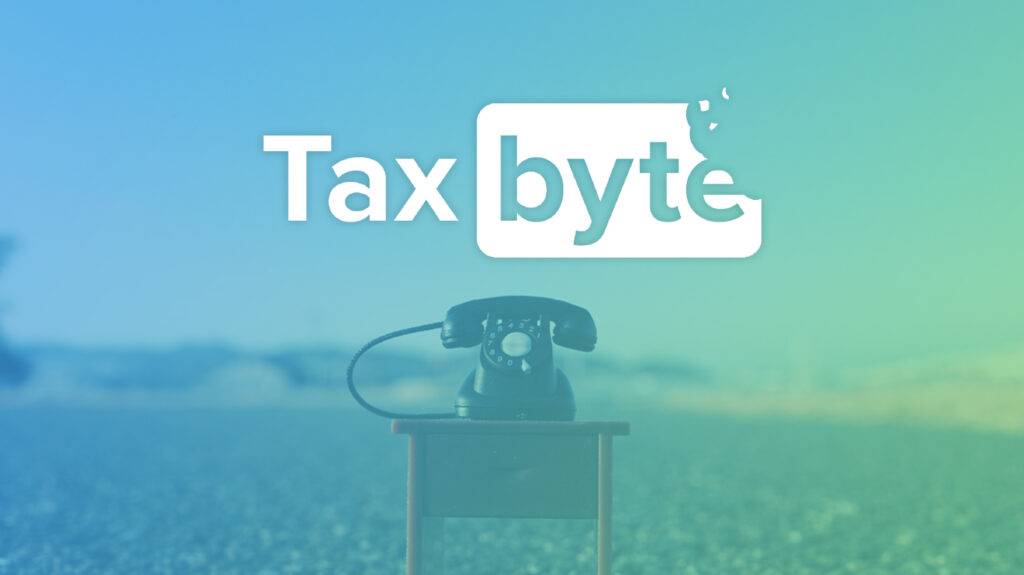
- |
- TaxByte
The Senate Finance Committee's version of the One Big Beautiful Bill Act (OBBBA) passed in
5 min read

Sound the trumpets: the IRS has launched its “paperless processing initiative” with the goal of paperless processing for all tax returns by the 2025 tax filing season. And if that doesn’t sound exciting enough, the agency expects that taxpayers will be able to digitally submit all correspondence, including non-tax forms and responses to all notices by the 2024 tax filing season. As a result, the IRS estimates more than 94 percent of individual taxpayers (and their tax pros – aayy) will no longer need to send mail to the IRS.
In addition to expanding electronic submission for IRS correspondence during the 2024 tax filing season, the agency anticipates a couple of other noteworthy changes, which include:
Further, the IRS anticipates that by the 2025 tax filing season:
Paperless processing is the key to unlocking far-reaching service improvements, according to the IRS. And the rest of us—let’s be honest. This IRS initiative is a clear example of how with the right funding and right priorities, the IRS can quickly move IRS operations decades forward, IRS Commissioner Danny Werfel said earlier this month.
“Indeed, the amount of paper still being used inside the IRS often feels more like the 1970s and the 1980s than the 21st century,” Werfel said while reiterating the National Taxpayer Advocate’s assertion that paper is the IRS’s kryptonite. “To counter that kryptonite, there are emerging technologies that will make it possible for us to convert the oceans of paper that arrive at our doors into a digital format before it leaves our ‘mail room’,” he added. Specifically, the IRS now aims to digitize all paper-filed returns as soon as they are received.
However, while the agency is touting its anticipated face-lift to a “paperless IRS,” it is primarily referring to the IRS’s side of the equation. Taxpayers will still be able to send in paper returns and correspondence, but the agency’s ability to scan and digitize these documents will reduce the overall paper load and increase efficiency.
Not to be the Nancy taking a turn to negative town or anything (sorry if your name is Nancy), but IRS watchdog Treasury Inspector General for Tax Administration (TIGTA) said in a report issued last week that the IRS is missing millions of individual and business tax records. Allegedly, this information went missing after microfilm cartridges containing the records disappeared after an IRS processing center closed in 2021.
The Federal Records Act of 1950, as amended, and pursuant to Title 44, U.S. Code 3102 requires the IRS to back up and store individual and business tax records. “Our review identified significant deficiencies in the IRS’s safeguarding, accounting for, and physical storage of its microfilm backup cartridges,” TIGTA noted in the report. The IRS uses microfilm cartridges to store photographic records of business and individual tax information because it is a low-cost, efficient method, according to TIGTA. At least, until they go missing.
Kenneth C. Corbin, commissioner of the IRS’s Wage and Investment Division, in a response filed with the report noted that the issues identified highlight the IRS’s struggle the last decade with the loss of experienced staff due to reduced funding and the effects of the recent pandemic. “As we work toward converting the IRS from its reliance on paper-based processing to a fully digital environment, we are similarly in discussion with stakeholders to transition our recordkeeping responsibilities to a digital state as well,” Corbin said.
Additionally, Corbin alluded that he was confident the missing records would be located once the IRS’s records backlog is processed. Further, the IRS aims to eventually discontinue its archiving of data on microfilm all together, he added.
In other news, and in my best efforts to end on a positive note, to learn more about the IRS’s recent improvements check out its Inflation Reduction Act 1-Year Report Card issued by the agency today. And just as school heads back into session.
No doubt, 2023 has been a good (ok, better) year. We’re gettin’ there, tax pros.

Stay updated with more breaking tax-related developments by subscribing to Tax Bytes with Jessica Jeane, J.D.






Subscribe to our news, analysis, and updates to receive 10% off your first purchase of an on-demand digital CPE course.